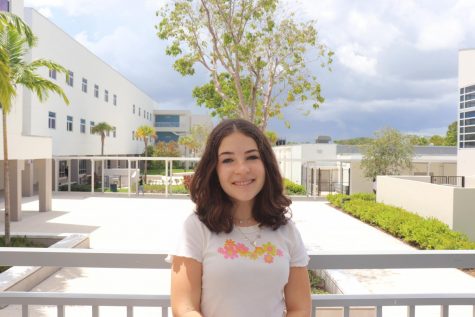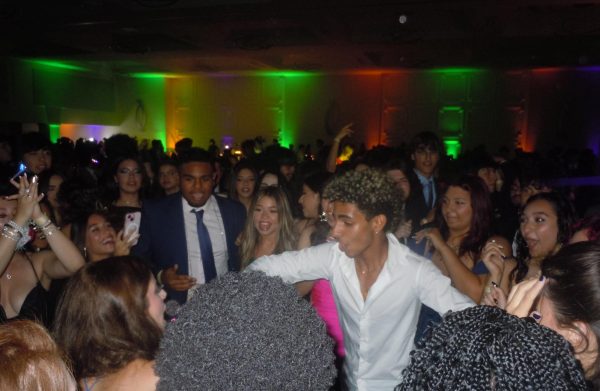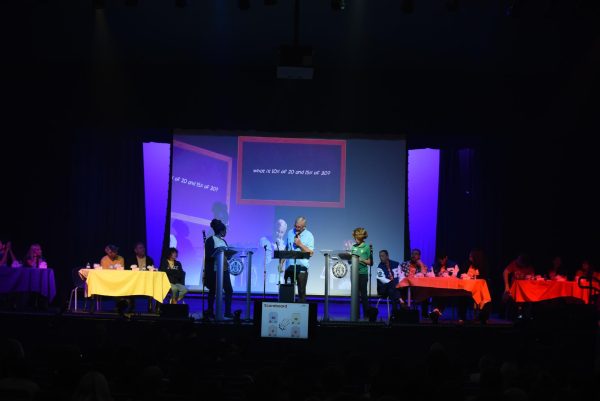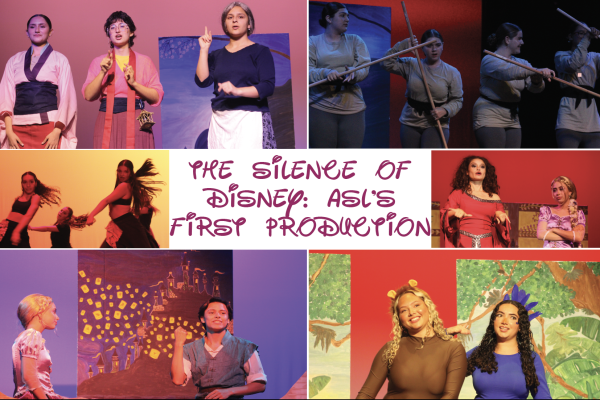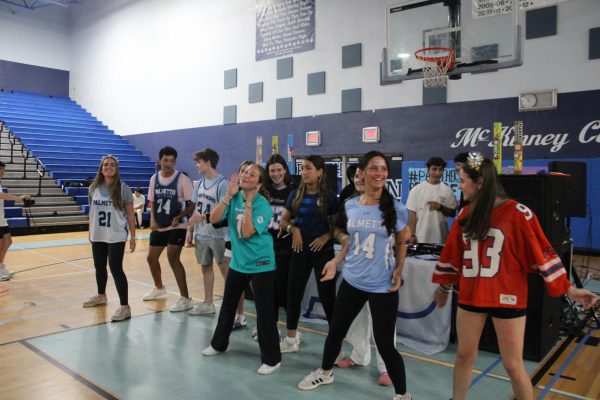The Significance of the 1619 Project
September 20, 2020
In Aug. 2019, on the 400th anniversary of the start of American slavery, American journalist Nikole-Hannah Jones created The New York Times Magazine’s ongoing initiative titled “The 1619 Project.” The project aimed to reform the curriculum taught in U.S. History classrooms by teaching it from the year 1619, when the first slaves arrived in America, rather than the year 1776, in an effort to provide students with a complete education on the nation’s African American history and the origins of slavery.
Recently, reports have surfaced that schools in California have implemented The 1619 Project into their schools’ curriculums. When news reached President Donald Trump, he expressed that the Department of Education would look into these reports, threatening to cut funding for these schools, according to Business Insider.
However, threats to the project did not start with Trump. Earlier this year, Republican Senator Tom Cotton introduced a bill that would cut funding for the incorporation of the project into different schools’ curriculums, according to Just the News.
Critics have spoken against the effects of teaching about America’s history completely in depth. According to Fox News, Chicago pastor Latasha Fields urges parents to reject the project as it could reframe history in a more negative way.
Though obstacles have been put in place, growing attention on The 1619 Project has allowed for many students and teachers nationwide to learn about the initiative, thus garnering a large number of individuals supporting schools reforming their curriculums to fit the timeline proposed in the project.
Senior Makeda Brown understands the importance of the project, and she believes that its curriculum should be taught even earlier than highschool.
“I would like to see it implemented in our school, but most importantly, I would like to see it pushed in elementary school because most of what we learned from history we remember from what was pounded into our head in elementary school,” Brown said.
Brown also hopes that if schools incorporate The 1619 Project’s content, this will allow for educators to see the impacts slavery had beyond the U.S. borders.
“I would like to see them also talk about what happened in the Carribean and in South America because a lot of that I think, gets lost in translation, and many people forget that slaves were also brought to the Carribean and South America,” Brown said.
The 1619 Project aims to reframe history, but it opens the door for the chance to reframe the present and future generations.
“As important as history is, we do need to speak about what’s going on right now, and ‘modern history’… because the exact minds that you’re teaching now, you never know, they may be the ones to solve whatever problems are going on right now… maybe run for office, Congress, and could make life better for not only black people, but other minorities as well,” Brown said.





